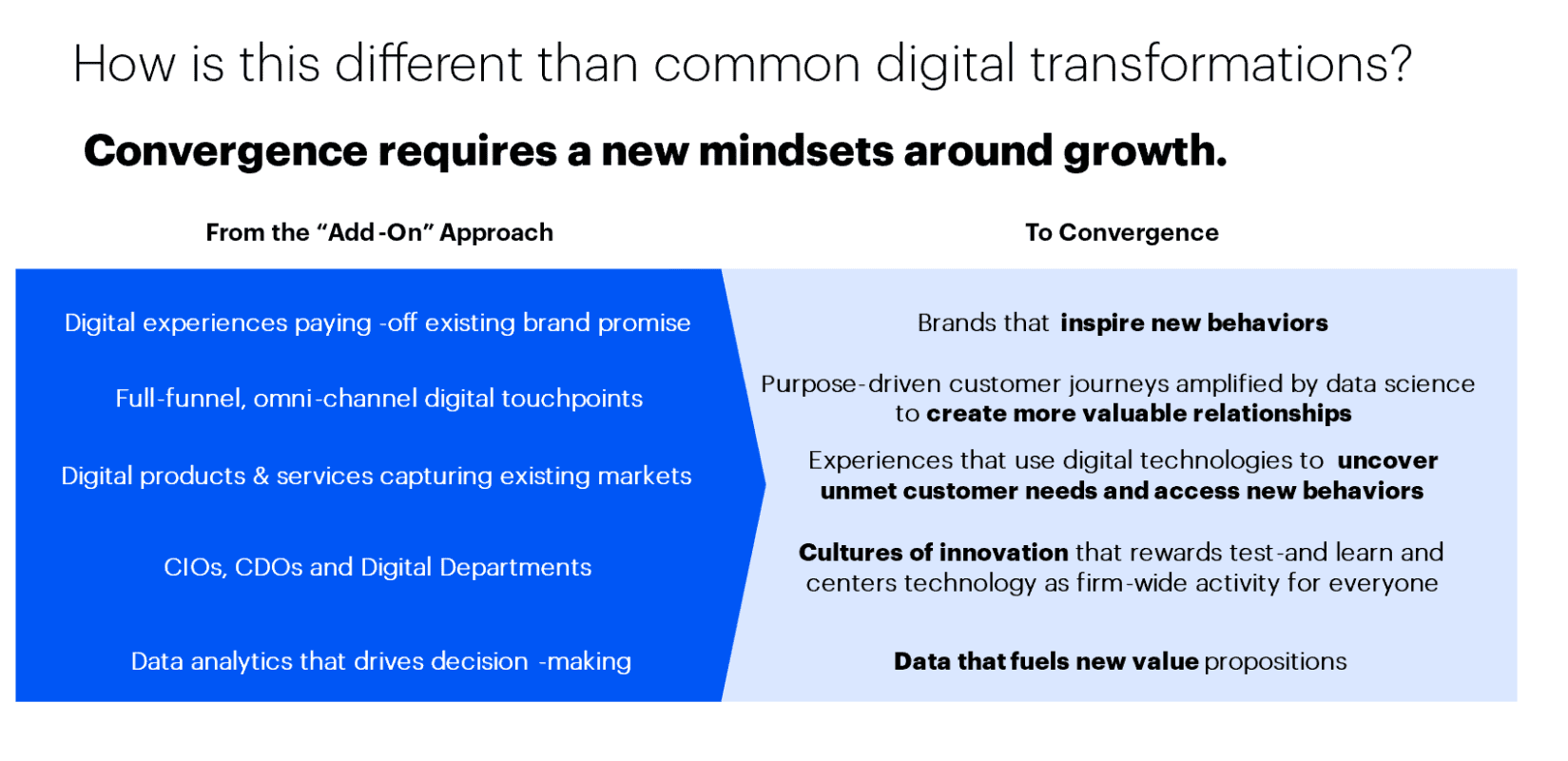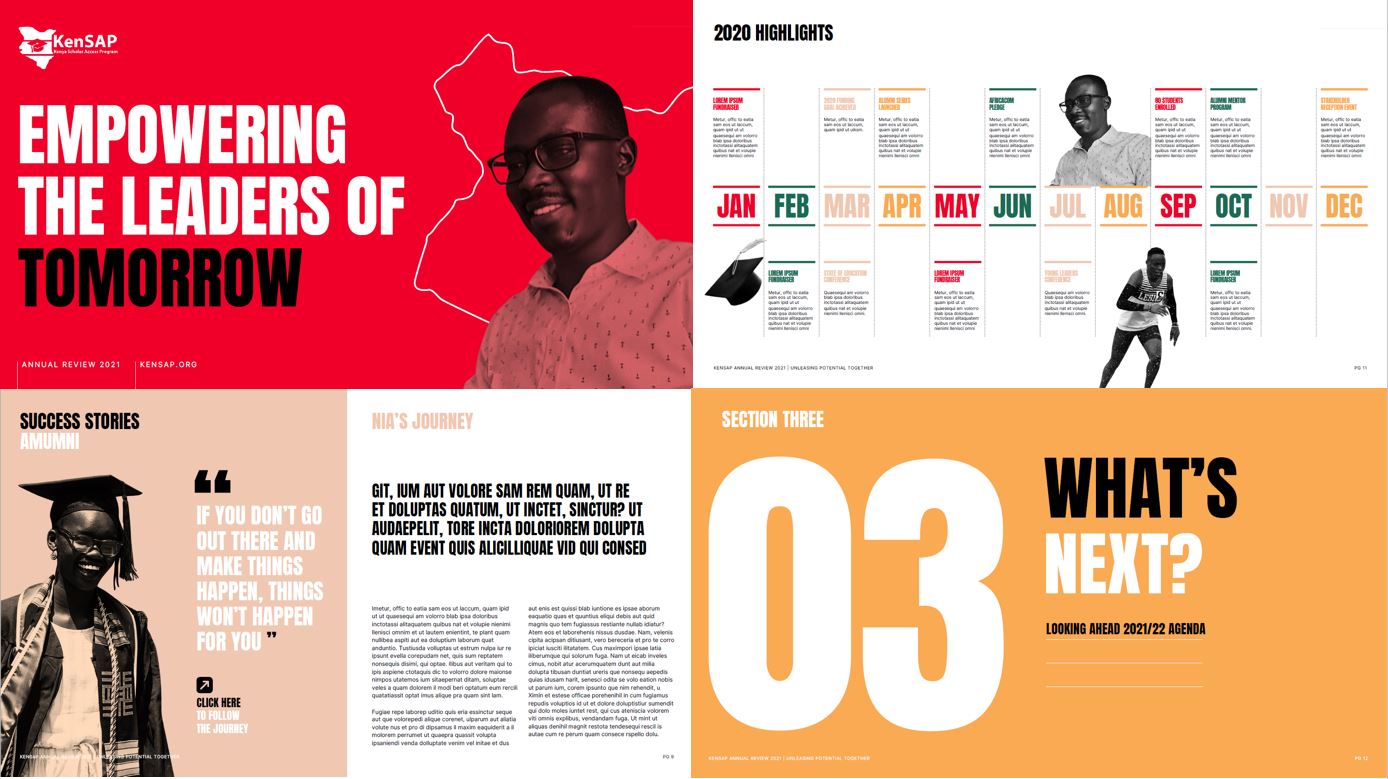Great leadership and great communication go hand in hand. Just look at the greats—from Martin Luther King Jr. to Winston Churchill, Nelson Mandela to Ruth Bader Ginsberg. Leaders who respect language as a force for change have transformed cultures, systems and policies.
But how exactly do impactful leaders approach language to initiate such meaningful change? And how can leaders communicate to guide their organizations to success?
Right now, we find ourselves in a reality that’s both ripe for change and steeped in the minutiae of the moment — where every word can be recorded, shared, scrutinized and misconstrued. For that reason, thoughtful and intentional communication from leaders is more important than ever before.
To Guide Meaningful Change, Leaders Must Communicate with Purpose
Organizations are changing at a deeper, structural level in response to the storm of urgent external forces like systemic inequality, climate change, the COVID-19 pandemic, the mental health crisis and the shift to hybrid working – with many having to respond to a number of these factors all at once. The result? A huge emphasis on organizational culture and change at a rapid pace.
But we can’t talk about organizational culture transformation without talking about language. Language is one of the most powerful tools for inspiring focused action and influencing culture.
The Anatomy of Effective Language
The role of language is to connect—and intentionality is essential to connect effectively. When Aristotle spoke about language in his theory of language and meaning, he defined three ways to effectively connect with another individual or team: to open their mind through reason (logos), to open their heart with emotion and vulnerability (pathos) and to find common ground through a shared truth or values (ethos). Through these elements of language, leaders can connect, persuade and build trust more effectively.
Language is a system that defines and pervades all other organizational systems and it’s both fueled and forged by your culture. It only makes sense then, that when your organization evolves, language must evolve along with it.
Approaching Language During Transformation
With companies going digital, organizational communication has a host of new challenges. How do you pick up the vibe on a Zoom call? How do you make one-on-one calls feel as natural and spontaneous as passing a colleague in the hall? It’s hard work, which is why so many leaders are eager to bring people back to the workplace. While it’s tempting to cling to the systems that have kept our workplace cultures humming for decades, we have been jettisoned into a hybrid, hyper-speed era—one that demands more dynamic, adaptable cultures. Language acts as both the cultural catalyst and the glue holding an organizational culture together.
At Prophet, we think of the organization as a macrocosm of an individual. Like an individual, an organization has DNA, a Mind, Body and Soul — and when we are looking to effect transformation, it has to be human-centered across all these elements. Why? Because businesses don’t change. Humans change and then they change the business.
Let’s look more closely at these four areas and the role that language plays:
- DNA: How an organization defines their shared vision, values, purpose and ambition
- Mind: Enabling the workforce to adopt new skills and drive change
- Body: Language helps teams understand the systems needed to direct their transformation
- Soul: Motivating employees and other stakeholders to contribute to the change
By thinking about language through the lens of Prophet’s Human-Centered Transformation Model™, leaders can more effectively communicate throughout the transformation process.
DNA | Defining the Change
Language literally builds an organization’s DNA. That’s why crafting the DNA involves a careful thought-through, strategic, iterative process that captures data-driven insights and diverse perspectives from across the organization. The idea is to define and then express the new ethos in an authentic way.
Recently, we worked with Thrivent, a major U.S. financial services organization, to transform its business and brand. Thrivent wanted to innovate its offerings and expand its reach to new markets while maintaining its loyal membership base and values.
Defining the ambition with a team of data scientists, strategists and writers allowed for the team to take a more critical lens to the language used in the DNA of the organization. From this work, we defined a shared purpose that reflected Thrivent’s heritage and enabled everyone to align with the modern organization it was ready to become: Thrive with Purpose.
We like to think of leaders as the carriers of this DNA, modeling shared values and purpose in both their words and actions, so we worked with Thrivent’s senior leaders and managers to create a launch video that introduced the new ambition and shared purpose to the whole organization. From there, we helped them roll out the new strategy, consulting on their communications and providing exact language — including a new brand voice and messaging — so managers and senior leaders could confidently share the new ambition and brand with their teams. Together, our work received the 2020 Transform award for tone of voice.
Body | Directing the Change
Embodying and directing any change requires a clear roadmap and reliable systems that give the DNA a place to materialize. We use language to set and measure clear goals and achieve them together (i.e., KPIs). Word choice in KPI development is critical because they must be clear, tangible, and directional.
To develop these KPIs leaders should ensure they should:
- Ladder up to one of two key business drivers
- Be linked to the ambition and meaningful milestone on a roadmap
- Be aligned at a business or functional level before translating into team or individual goals
- Be shared and transparent
Talent and performance development is a great example of this. A while back, we worked with a newly formed but significant global bio-pharmaceutical player with an ambition to create a more decisive, agile and performance-driven culture. To achieve this, the organization wanted to take a fresh approach to recognizing employee performance — including how it rewarded individuals and teams that truly made a difference.
So, we set out to first clarify what “good” performance looked like. Then, we translated that new definition into a purpose-driven method of goal setting and performance conversations. We helped its team choose language more thoughtfully, which enabled managers to respond to this shifting performance criteria by having the right conversations.
Mind | Enabling the Change
To enable change, leaders must appeal to people through reason (logos) to help them adapt to the new set of values (ethos). If employees are clear on their roles and know exactly how to upskill to align with the ambition, you can establish capabilities built on trust and progress.
For Thrivent, activating the new DNA proved challenging for their financial professionals because they run their own businesses around their personal philosophies. So, we found common ground, showing the connection between their values and the new brand purpose, promise and principles.
Then we gave their professionals the tools — scripts, talking points, and educational resources that gave them the language to bring the brand DNA to life in their daily work. We also recorded interviews with them where they shared their financial philosophy through the language of the new brand promise. This helped them co-create accessible, on-brand language to share with clients.
Soul | Motivating the Change
The most enduring and dangerous myth about leadership is that you must have all the answers — and if you don’t have them, pretend you do. A leader who can admit when they don’t have all the answers gains trust. And when combined with that trust, a leader who makes space for employees to be seen, heard and understood helps to take people on a change journey.
For a culture to flourish through a transformation, it’s vital for leaders across an organization to reinforce shared values, celebrate wins and share learnings as often as possible. In the Human-Centered Transformation Model™, we call this Soul. By motivating small wins throughout the organization transformation journey, employees feel recognized for their efforts and connected to something bigger than themselves.
In addition to a regular and genuine celebration of small successes and learning moments, the single most powerful way a leader can motivate change is by showing vulnerability.
When the pandemic hit, Prophet was among many organizations that closed the offices. We prepared to close for two weeks and were instructed to work from home. Those two weeks stretched to nearly two years. During this time, our CEO Michael Dunn, along with the Exco team, created a Global Pulse call, a bi-weekly check-in that connects all the firm for 45 minutes to meditate, share stories, talk about recent events and be “together”. While the Global Pulse calls were a direct response to the missing connections we had in the office, they have created a ritual that has given us all a sense of unity as well as opportunities to make space for the difficult experiences we were and are all facing.
Michael Dunn starts every Global Pulse call with a guided meditation—a simple and gracious use of language that, over time, introduced new behaviors and cultural norms to the firm. To experience a guided meditation on that scale with fellow colleagues spoke directly to hearts and minds, and for many, became a ritual we relied on.
“The single most powerful way a leader can motivate change is by showing vulnerability.”
What is also subtly powerful about this ritual is the name: Global Pulse. Alone these words are impactful, but together even more so. The invitation to “check the pulse” of our global culture serves as a warm reminder that our culture is a living, evolving aspect of our co-existence — and it influences all we do.
We spoke with Michael about his reflections on the Global Pulse and use of language over the past 18 months. He noted, “For the first few months, and even up until now, I feel so much pressure to get the tone and experience just right. But I started to see that using the mindfulness exercise to open the forum, which I do along with everyone else who participates, helped create space for me to feel more present, more connected, more curious and more vulnerable, which then rippled across the globe for everyone who was participating. It helped to elevate the experience for everyone as we invited teams to offer gratitude, spotlight work or have hard conversations about the world around us and Prophet’s way forward.”
The Global Pulse gave the firm both the space and the language to connect and speak on behalf of our needs. Some pulse calls are filled with photo sharing and stories about working from home. Others are set aside for difficult conversations or empathizing with those who are grieving. We had agendas, but oftentimes we led with our hearts. Because sometimes intentional language doesn’t always require polish. It can simply be about admitting what you don’t know, what you dare to believe and what you need.





















